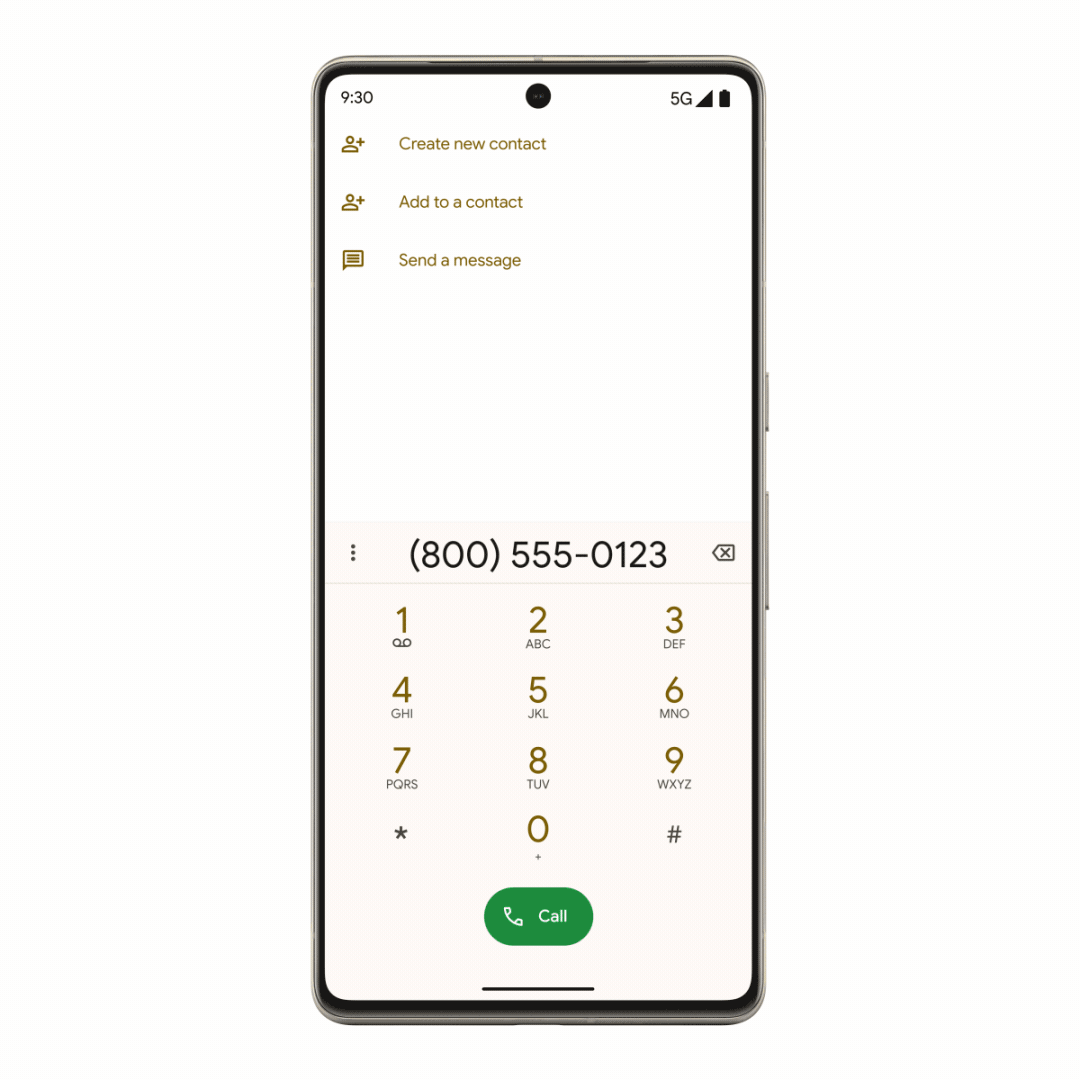Not to brag, but I have a pretty excellent group chat with my friends. We use it to plan trips, to send happy birthdays and, obviously, to share lots and lots of GIFs. It’s the best — until it’s not. We don’t all have the same kind of phones; we’ve got both Android phones and iPhones in the mix. And sometimes, they don’t play well together. Enter “green bubble issues” — things like, missing read receipts and typing indicators, low-res photos and videos, broken group chats…I could go on describing the various potential communication breakdowns, but you probably know what I’m talking about. Instead, I decided to ask Google’s Elmar Weber: What’s the problem with messaging between different phone platforms?
First, can you tell me what you do at Google?
I lead several engineering organizations including the team that builds Google’s Messages app, which is available on most Android phones today.
OK, then you’re the perfect person to talk to! So my first question: When did this start being a problem? I remember wayback when I had my first Android phone, I would text iPhone friends…and it was fine.
Texting has been around for a long time. Basic SMS texting — which is what you’re talking about here — is 30 years old. SMS, which means Short Message Service, was originally only 160 characters. Back then you couldn’t do things like send photos or reactions or read receipts. In fact, mobile phones weren’t made for messaging, they were designed for making phone calls. To send a message you actually had to hit the number buttons to get to the letters that you’d have to spell out. But people started using it a ton, and it sort of exploded. So this global messaging industry took off. MMS (Multimedia Messaging Service) was then introduced in the early 2000s, which let people send photos and videos for the first time. But that came with a lot of limitations too.
Got it. Then the messaging apps all started building their own systems to support modern messaging features like emoji reactions and typing indicators, because SMS/MMS were created long before those things were even dreamed of?
Yes, exactly.
I guess…we need a new SMS?
Well the new SMS is RCS, which stands for Rich Communication Services. It enables things like high-resolution photo and video sharing, read receipts, emoji reactions, better security and privacy with end-to-end encryption and more. Most major carriers support RCS, and Android users have been using it for years.
How long has RCS been around?
Version one of RCS was released December 15, 2008.
Who made it?
RCS isn’t a messaging app like Messages or WhatsApp — it’s an industry-wide standard. Similar to other technical standards (USB, 5G, email), it was developed by a group of different companies. In the case of RCS, it was coordinated by an association of global wireless operators, hardware chip makers and other industry players.
RCS makes messaging better, so if Android phones use this, then why are texts from iPhones still breaking? RCS sounds like an upgrade — so shouldn’t that fix everything?
There’s the hitch! So Android phones use RCS, and iPhones still don’t. iPhones still rely on SMS and MMS for conversations with Android users, which is why your group chats feel so outdated. Think of it like this: If you have two groups of people who use different spoken languages, they can communicate effectively in their respective languages to other people who speak their language, but they can’t talk to each other. And when they try to talk to one another, they have to act out what they're saying, as though they're playing charades. Now think of RCS as a magic translator that helps multiple groups speak fluently — but every group has to use the translator, and if one doesn’t, they’re each going to need to use motions again.
Do you think iPhones will start using RCS too?
I hope so! It’s not just about things like the typing indicators, read receipts or emoji reactions — everyone should be able to pick up their phone and have a secure, modern messaging experience. Anyone who has a phone number should get that, and that’s been lost a little bit because we’re still finding ourselves using outdated messaging systems. But the good news is that RCS could bring that back and connect all smartphone users, and because so many different companies and carriers are working together on it, the future is bright.
Check outAndroid.com/GetTheMessageto learn why now is the time for Apple to fix texting.
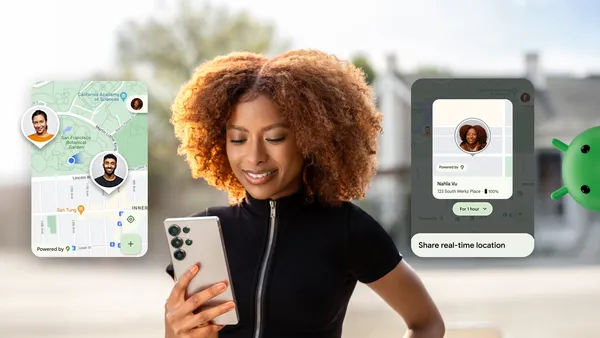 Android’s latest features: Real-time scam alerts in Google Messages, more gaming apps on Android Auto, and more.
Android’s latest features: Real-time scam alerts in Google Messages, more gaming apps on Android Auto, and more.
 Android’s latest features: Real-time scam alerts in Google Messages, more gaming apps on Android Auto, and more.
Android’s latest features: Real-time scam alerts in Google Messages, more gaming apps on Android Auto, and more.
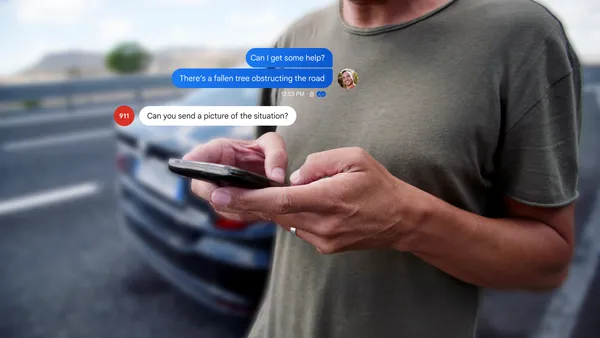 Text 911 reliably using RCS, and even share high-resolution pictures, your precise location and more.
Text 911 reliably using RCS, and even share high-resolution pictures, your precise location and more.
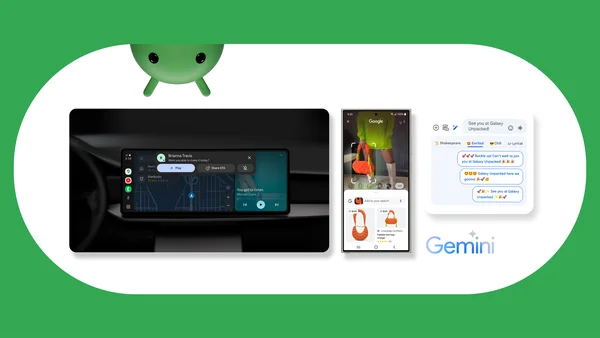 Check out the ways Google and Samsung are collaborating to bring the latest Google AI innovations to Samsung’s flagship smartphones.
Check out the ways Google and Samsung are collaborating to bring the latest Google AI innovations to Samsung’s flagship smartphones.
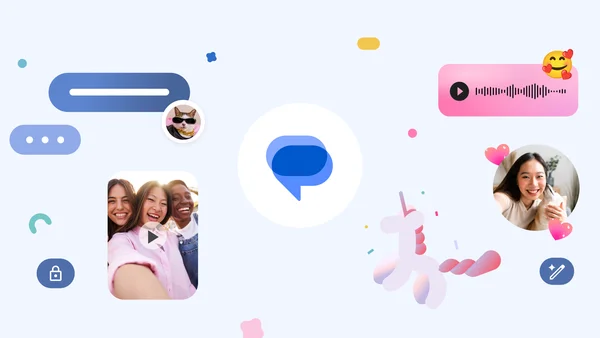 Google Messages welcomes a new era of personalized messaging with 7 new features to help your personality shine through.
Google Messages welcomes a new era of personalized messaging with 7 new features to help your personality shine through.
 SMS has been around for 30 years, and Messages by Google has the perfect gift to celebrate: RCS.
SMS has been around for 30 years, and Messages by Google has the perfect gift to celebrate: RCS.
